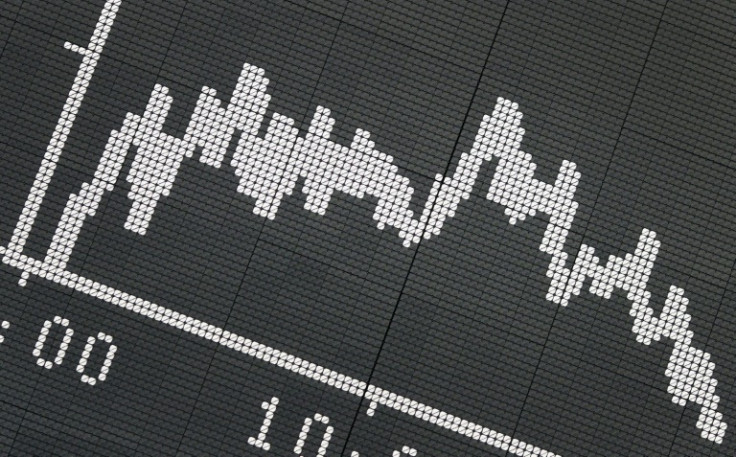Stocks End Mixed For The Week And Down For The Third Quarter – What Is In For The Fourth Quarter?

U.S. equities shook off a better-than-expected inflation report released on Friday to end the week mixed in a down third quarter. But better times may be ahead, say some experts.
The August core Personal Consumption Expenditure (PCE), which excludes food and energy, rose 0.1% from July, half of the June-July rise and half of analysts' estimates.
After a strong opening, all major equity averages headed south, with the S&P 500 falling 0.27%, the Dow Jones 0.47% and the tech-heavy NASDAQ gaining 0.14%.
PCE is a gauge of consumers' prices nationwide for goods and services. It's the Federal Reserve's favored measure of inflation as it captures inflation (or deflation) across a broad range of spending because it accounts for changes in consumer behavior.
The tamed August core PCE number suggests that inflation is easing, taking away the pressure from the Treasury bond market.
As a result, the benchmark 10-year bond yields dropped to 4.52% on Friday morning, from 4.62% in the previous couple of days, before stabilizing around 4.55% by the end of the day.
"Today's PCE data shows more steady progress on core inflation," David Russell, global head of market strategy at TradeStation, told International Business Times. "Getting a year-over-year number below 4% could be a big psychological victory for the bulls and help keep a lid on the 10-year yield."
Lower yields are good news for equities. They help lower valuations, attracting bargain hunters in a market that has swung from an extreme optimism to an excessive pessimism lately.
"The market only a few months ago was worry-free amid the belief that the Fed could engineer a soft landing, and now the market's worry closet door is wide open as investors raise questions about the economic outlook," Carol Schleif, chief investment officer at BMO Family Office," told IBT.
Schleif sees the path of least resistance for bond yields as higher as investors adjust to the new normal of neutral rates at 2-3%. "Understandably, the stock market is seeing pressure as bond yields rise since higher bond yields create competition for the stock market," she added.
Competition from bonds has helped drive equities lower for the third quarter, giving back some of the gains made earlier in the year. As of Friday's closing, S&P was down 3.7% for the quarter, Dow Jones 3.2% and Nasdaq 4.3%.
Looking into the fourth quarter, Ian Toner, chief investment officer of Seattle, WA-based institutional investment consulting firm Verus, sees competition from bonds to lure investors away from equities.
"Investors are provided with the chance to earn a meaningful return for holding fixed income for the first time in a long time, and the shorter-dated part of that market looks particularly interesting due to the lower duration risk," he told IBT. "As we roll towards the end of the year, investors may sensibly consider lightening up on their risk exposure and accepting an attractive, safe income stream for a while from larger allocations to fixed income."
But Ryan Detrick, chief market strategist at Carson Group, believes the seasonal weakness that has played out this year with a bleak August and September for stocks means a solid fourth quarter is coming.
"As most investors know, but it is important to remember, the fourth quarter is the best quarter of the year, up nearly 80% of the time and up more than 4% on average, twice as much as the next best quarter," he told IBT. "Seasonality has played out quite well the past year, and if this continues, we predict a robust fourth quarter. Midterm years aren't great for stocks, but they tend to see an October low. Then pre-election years tend to be strong, with most of those gains happening early."
Detrick reminds investors that when stocks fall more than 1% in August and September, a big bounce back in October is typical, as is a great fourth quarter. "The last three times that happened, October bounced back a very impressive gain of 10.8%, 8.3% and 8.0%, respectively," he said. "When we see the seasonal August/September weakness, it is also normal to see a strong end-of-year rally."
Schleif looks beyond the fourth quarter to a constructive market in 2024 with mid-to-high single-digit returns.
"We remain balanced in our portfolio construction and approach to risk, though we have recently adjusted where we are willing to take that risk," she added. "We have increased our exposure to large-cap U.S. and Japanese equities where structural secular change is occurring and pulled back some of our long duration fixed income holdings in favor of the excess return offered by shorter duration government bonds."
© Copyright IBTimes 2024. All rights reserved.





















